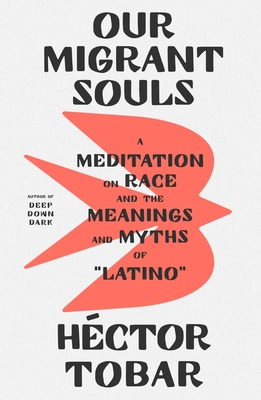Chapter 4: Cities
byChapter 4: Cities provides an insightful examination of the racial and cultural evolution of Los Angeles, exploring how its complex history has shaped the city’s identity. The narrative begins by tracing the geographical and historical influences that have left their mark on Los Angeles, starting with the indigenous Tongva people, followed by Spanish and Mexican rule, and eventually the city’s annexation by the United States. This rich history plays a pivotal role in forming the racial classifications that have impacted the region, with terms like “mulato,” “mestizo,” and “indio” defining early settlers’ identities. As time passed, these racial categories gradually evolved into the identity of “Californio,” blending various cultural influences to create a new social group that reflected the region’s complex heritage.
A central figure in this transformation is Pío Pico, an Afro-Español politician who represents the intersection of different cultural and racial groups in pre‑U.S. California. Despite his high status during this time, the arrival of white settlers brought new racial structures that marginalized the existing groups, forcing the once-prominent Californios into the “Mexican” category. The chapter reveals how this shift had lasting effects on identity, particularly in the author’s own family. Despite their mixed heritage, the author’s parents were classified as “Caucasian” during the 20th century, illustrating the complex and often inconsistent application of racial labels. This shift underscores the ongoing struggle for recognition and acceptance within racial categories that continue to evolve.
The emotional and personal toll of racial classifications is further explored, with the author reflecting on how these labels shape individual and collective experiences. One particularly moving moment is when the author recalls a soccer game where a child innocently assumed their racial role in the societal hierarchy, revealing how ingrained racial stereotypes are even among the youngest generations. This moment serves as a powerful example of how racial ideas are learned and reinforced through socialization, perpetuating the racial divides that exist within society. The chapter also critiques these societal structures, emphasizing how they influence children’s perceptions of race, shaping how they view themselves and others.
The impact of institutionalized segregation is explored through practices such as the 1939 Federal Home Loan Bank map, which was used to enforce racial segregation in urban areas. The maps marked neighborhoods based on the racial composition of their residents, and these discriminatory practices had lasting economic and social consequences. The chapter examines how these divisions created lasting barriers for marginalized communities, particularly those within “barrios,” where the legacy of systemic racism persists today. The trauma caused by these practices has been passed down through generations, creating a cycle of resistance and resilience that continues to define the experiences of these communities. The author uses this example to underscore the importance of understanding how these historical injustices continue to shape modern-day urban landscapes.
By broadening the scope, the chapter emphasizes the ongoing struggle faced by marginalized communities due to systemic racial structures. The effects of segregation and institutional racism continue to be felt in modern cities, where communities still navigate the physical, social, and economic barriers created by such practices. The narrative urges readers to recognize the deep-seated nature of these issues, stressing that understanding the interconnected histories of race and migration is crucial to addressing the inequities that persist today. The chapter calls for a deeper recognition of the resilience and strength found within hybrid identities, especially in communities that have long been subjected to racial categorization and oppression. Despite these challenges, the author highlights the ability of these communities to take pride in their cultural heritage, turning their identities into a form of resistance against the forces of segregation and inequality.
Ultimately, the chapter serves as a reminder of the ongoing fight for racial justice, urging readers to confront the historical roots of modern-day inequality. By recognizing the complex histories of race and identity in urban America, the narrative seeks to inspire action and understanding in the face of continued systemic oppression. It emphasizes that to create a more equitable society, we must acknowledge the multifaceted nature of identity and race, particularly in cities like Los Angeles, where the legacy of historical violence and segregation continues to shape the lived experiences of its residents.

